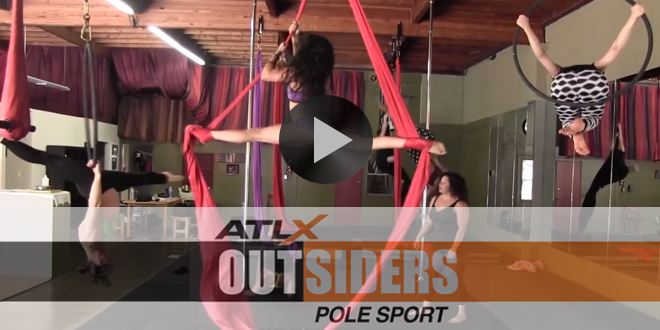By: Sarah McWilliams

Plantar fasciitis has become a four-letter word in the running world because of the pain and suffering that it causes athletes and the difficulty to cure it completely or quickly.
The plantar fascia is the ligament that spans the arch on the bottom of the foot. The reason this ailment is so common is because the majority of us walk, and with every step the plantar fascia is put under tension. Plantar fasciitis occurs when there is a degeneration of that ligament occurring either because of overuse or aging.
Who is at risk?
According to Dr. Kenneth Jung of The Kerlan-Jobe Orthopaedic Clinic, “ It’s something everyone can have, not just the high-level athletes or recreational athletes.”
KJOC sees this injury in many different populations. Since the plantar fascia is activated while walking, anyone who walks is essentially at risk. However, because of general wear and tear, the older you get, the more often this injury occurs.
“We do treat it in younger people as well, but it’s more common in adult populations,” Dr. Jung said.
Signs and symptoms
Pain under the heel or along the bottom of the foot is a symptom of plantar fasciitis, and in fact, many people also refer to plantar fasciitis as heel spurs because the pain associated with this ailment is similar to the feeling of a spur or a nail stuck in the bottom of the foot.
Many times people will feel more pain when getting up after sitting or lying for an extended period of time. Standing or climbing stairs can also exasperate the pain.
Prevention
“Just like anything, if you maintain your flexibility the chance for your tissue to tolerate stress and activity is better,” Dr. Jung said.
Since plantar fasciitis is mostly a result of regular, an unavoidable wear and tear, it can be difficult to prevent. One way to discourage plantar fasciitis is to choose your footwear carefully. Minimalist shoes may be one option to help with this ailment. You should always be aware to not push your levels of activity past the point that your body can handle.
Treatment
Again, part of the reason that plantar fasciitis is such a dirty word in the running community is because there is no quick or easy fix.
“There is no ideal non-surgical or surgical treatment for it, unfortunately, “ Dr. Jung said.
The best current treatment for this runner’s antagonist is stretching the plantar fascia, the Achilles tendon and the calf muscle. Icing the plantar fascia or rolling a frozen water bottle along the bottom of the foot can also help.
In very serious cases there are more invasive treatment options including physical therapy or a surgical procedure where the doctor partially releases part of the ligament. But that is worst-case scenario.
“Essentially, with a regimen of stretching and treatment you can actually get some results where people don’t have pain,” Dr. Jung said.
Usually, however, there is no quick fix. Eventually, with proper treatment, plantar fasciitis can be managed, though it is unlikely that it can be fully cured.
For more information on the Kerlan-Jobe Orthopaedic Clinic visit their website at www.kerlanjobe.com
 ATLX The only sports entertainment television and digital media network fully devoted to everyday athletes, athletic lifestyle and athletic culture.
ATLX The only sports entertainment television and digital media network fully devoted to everyday athletes, athletic lifestyle and athletic culture.




